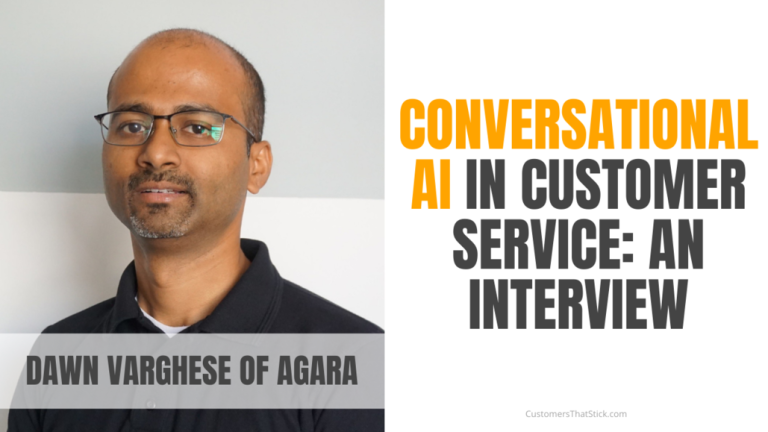If there is one company that epitomises long-term strategy, it is Amazon.
On May 15th 1997, Amazon sold shares to the public for the first time. They were priced at $18 per share. Later that year, alongside their first annual report Jeff Bezos wrote a letter to Shareholders. That letter was entitled “It’s All About the Long Term.”
In that letter, Mr Bezos wrote a lot of interesting things, but a few of the phrases stick out:
“We believe that a fundamental measure of our success will be the shareholder value we create over the long term.”
“Because of our emphasis on the long term, we may make decisions and weigh tradeoffs differently than some companies.”
“We will continue to make investment decisions in light of long-term market leadership considerations rather than short-term profitability considerations or short-term Wall Street reactions.”
“When forced to choose between optimizing the appearance of our GAAP accounting and maximizing the present value of future cash flows, we’ll take the cash flows.”
Mr Bezos was clear that he would guide the company to take the long-term view of the opportunities afforded it rather than give a knee-jerk response to the financial markets.
Why Is the Long-Term So Important?
In an interview Bezos gave to Four Peaks TV, he defined the Amazon cocktail as the combination of three things, customer centricity, long-term thinking and a passion for invention. He then emphasised how well these things hang together:
“If you’re going to invent, it means you’re going to experiment, and if you’re going to experiment, it means you are going to fail, and if you’re going to fail, you’ll have to think long-term“
In a separate interview given to Wired, Bezos spelt out the competitive advantage that a long-term strategy afforded Amazon.
“If everything you do needs to work on a three-year time horizon, then you’re competing against a lot of people. But if you’re willing to invest on a seven-year time horizon, you’re now competing against a fraction of those people, because very few companies are willing to do that. And just by lengthening the time horizon, you can engage in endeavours that you could never otherwise pursue.”
“At Amazon, we like things to work in five to seven years. We’re willing to plant seeds, let them grow.”
What Are Long-Term Decisions?
In his seventh letter to stakeholders, Bezos gave examples of some of the long-term decisions that Amazon had made:
“Shortly after launching Amazon.com in 1995, we empowered customers to review products. While now a routine Amazon.com practice, at the time we received complaints from a few vendors, basically wondering if we understood our business: “You make money when you sell things—why would you allow negative reviews on your website?” Speaking as a focus group of one, I know I’ve sometimes changed my mind before making purchases on Amazon.com as a result of negative or lukewarm customer reviews. Though negative reviews cost us some sales in the short term, helping customers make better purchase decisions ultimately pays off for the company.
“Another example is our Instant Order Update feature, which reminds you that you’ve already bought a particular item. Customers lead busy lives and cannot always remember if they’ve already purchased a particular item, say a DVD or CD they bought a year earlier. When we launched Instant Order Update, we were able to measure with statistical significance that the feature slightly reduced sales. Good for customers? Definitely. Good for shareowners? Yes, in the long run.”
Amazon is not afraid to take a long-term decision that will hurt its short-term profitability, knowing that the long game will prevail.
The Power of Long-Term Thinking
If you had bought one Amazon share in 1997 for $18 you would now, via the financial wizard of stock splits, have two hundred and forty shares. Today they are worth about $135 each, or $32,400.
No doubt there is more to that than simply having a long-term strategy and building a culture that supports it, though it certainly didn’t hurt.
Mr Bezos has stepped down from his position as CEO at Amazon but continues his fixation on the future. He is currently busy at Blue Origin, where he is “building a road to space so our children can build the future”.
If you enjoyed this post, click here to receive the next
Image by Matthew Henry
Read another opinion






+ There are no comments
Add yours